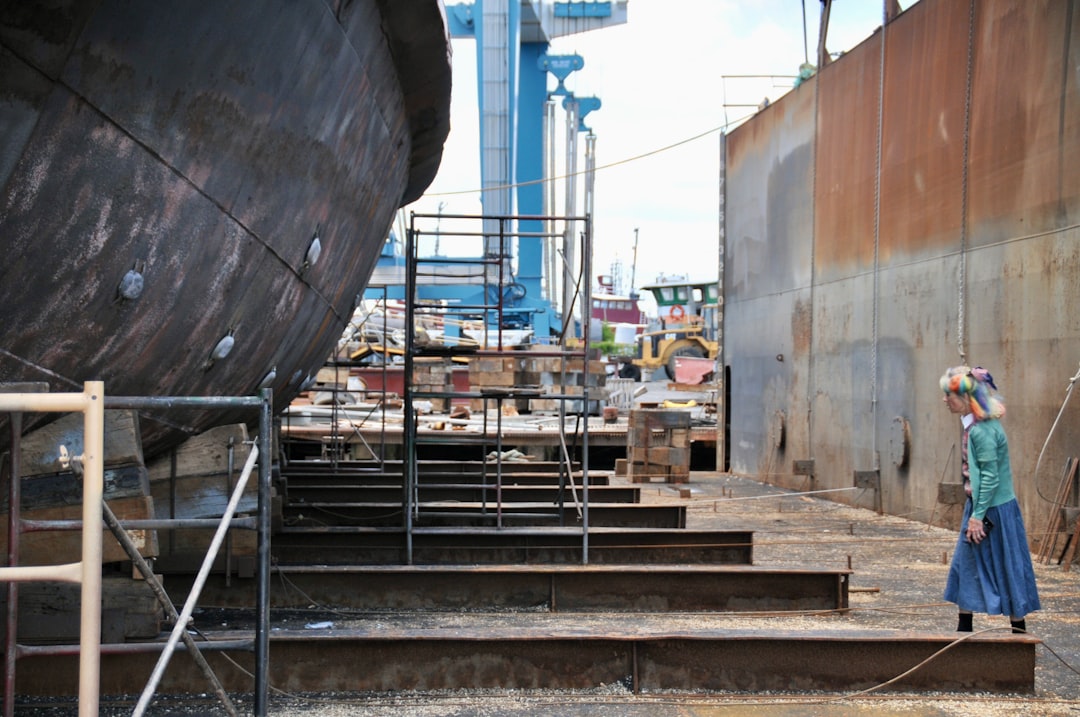The steel industry, a cornerstone of global infrastructure, faces increasing pressure to minimize its environmental impact. A significant part of this challenge lies in effectively managing the substantial waste generated throughout the steelmaking process. This comprehensive guide delves into the complexities of waste management in steel production, exploring various waste streams, recycling techniques, environmental considerations, and future trends towards a more sustainable steel industry.
Understanding the Diverse Waste Streams in Steel Production
Steel production generates a wide array of waste materials, each requiring specific handling and treatment. These can be broadly categorized as:
- Slag: A byproduct of the smelting process, slag is a molten mixture of oxides, silicates, and other impurities. Its composition varies depending on the raw materials used and the steelmaking process. While historically considered waste, slag is increasingly recognized as a valuable resource with applications in construction materials (cement, aggregates), agriculture (soil amendment), and even in the production of certain chemicals.
- Dust and Fumes: These airborne particles are generated throughout the process, from raw material handling to the smelting and refining stages. They contain various metallic oxides, silica, and other harmful substances. Effective dust and fume collection systems are crucial to minimize air pollution and recover valuable materials.
- Spent Refractories: Refractory materials line furnaces and other high-temperature equipment. These materials gradually wear down, producing significant waste. Spent refractories often contain hazardous substances and require careful disposal or recycling.
- Pickling Liquors: During the pickling process (removing scale from steel), acidic solutions are used, generating spent pickling liquors containing heavy metals and other pollutants. These require specialized treatment to neutralize the acidity and remove contaminants before disposal.
- Scrap Metal: Although not strictly “waste,” scrap metal from various sources is a crucial feedstock in steel production. Efficient collection and sorting of scrap metal are essential for maximizing its reuse and reducing reliance on virgin materials.
Recycling and Resource Recovery: Turning Waste into Value
Modern steel production places a strong emphasis on recycling and resource recovery. Many byproducts, once considered waste, are now valuable resources. For instance:
- Slag recycling: Slag is used in the production of cement, aggregates for road construction, and other building materials. Granulated slag can be used as a soil amendment in agriculture, improving drainage and nutrient retention.
- Dust and fume recovery: Advanced dust collection systems capture valuable metallic oxides, which can be recycled back into the steelmaking process, reducing the need for virgin ore.
- Scrap metal recycling: The steel industry relies heavily on scrap metal as a primary raw material. Efficient scrap metal collection and processing networks are vital for reducing the environmental impact of steel production.
- Spent refractory recycling: While challenging, research is ongoing to develop effective methods for recycling spent refractories, reducing landfill disposal and recovering valuable components.
Environmental Impact and Regulations
The environmental impact of steel production is substantial, particularly concerning air and water pollution, greenhouse gas emissions, and waste generation. Strict environmental regulations are in place globally to control these impacts. These regulations often mandate:
- Emission controls: Strict limits on air pollutants such as particulate matter, sulfur oxides, and nitrogen oxides.
- Wastewater treatment: Effective treatment of wastewater to remove heavy metals and other pollutants before discharge.
- Waste management plans: Comprehensive plans outlining the handling, treatment, and disposal or recycling of all waste streams.
- Energy efficiency improvements: Measures to reduce energy consumption and greenhouse gas emissions throughout the production process.
Technological Advancements in Waste Management
Technological advancements are playing a crucial role in improving waste management practices in the steel industry. These include:
- Advanced dust and fume collection systems: High-efficiency filters and electrostatic precipitators capture a higher percentage of particulate matter.
- Improved slag processing technologies: Techniques for producing higher-quality granulated slag for various applications.
- Innovative recycling methods: Research and development of new methods for recycling spent refractories and other challenging waste streams.
- Data analytics and process optimization: Using data analytics to optimize processes, minimize waste generation, and improve resource efficiency.
The Future of Sustainable Steel Production
The future of steel production hinges on achieving greater sustainability. This requires a holistic approach encompassing:
- Increased recycling rates: Maximizing the use of scrap metal and other recycled materials.
- Development of cleaner steelmaking processes: Exploring alternative technologies that reduce emissions and waste generation.
- Circular economy principles: Designing processes that minimize waste and maximize resource recovery.
- Collaboration and innovation: Working together across the industry and with research institutions to develop and implement innovative solutions.
By embracing these strategies, the steel industry can significantly reduce its environmental footprint and contribute to a more sustainable future.
Tags: steel production, waste management, steel recycling, sustainable steel, industrial waste




